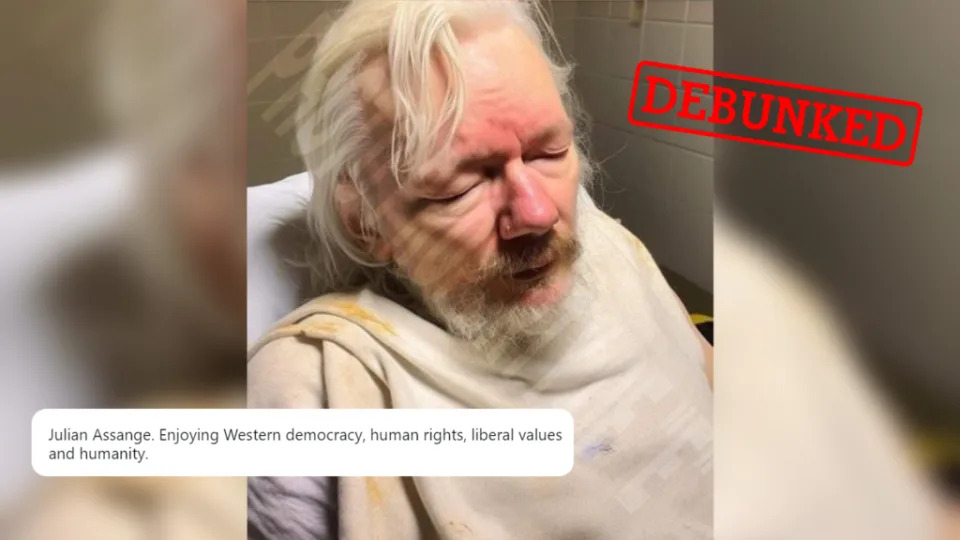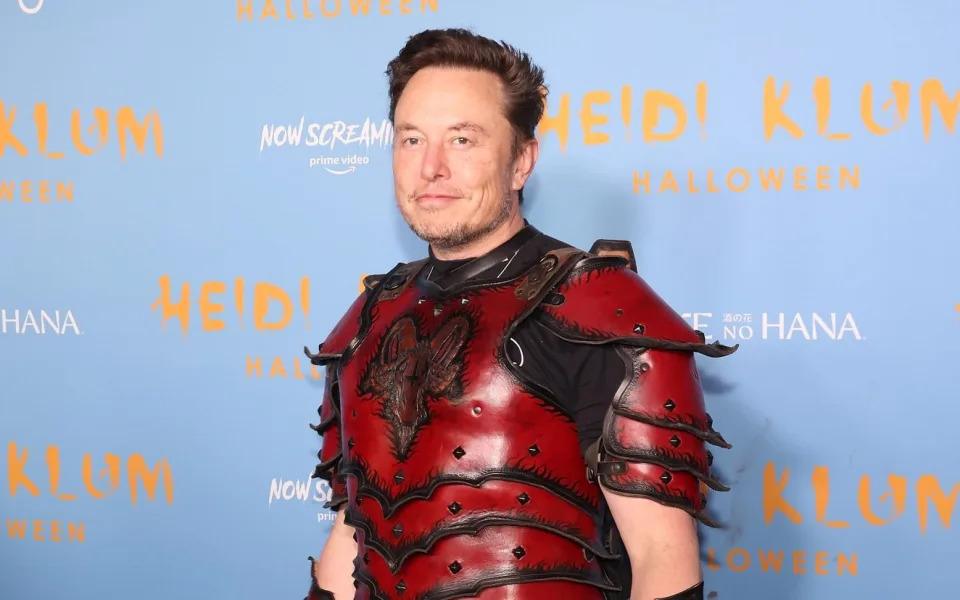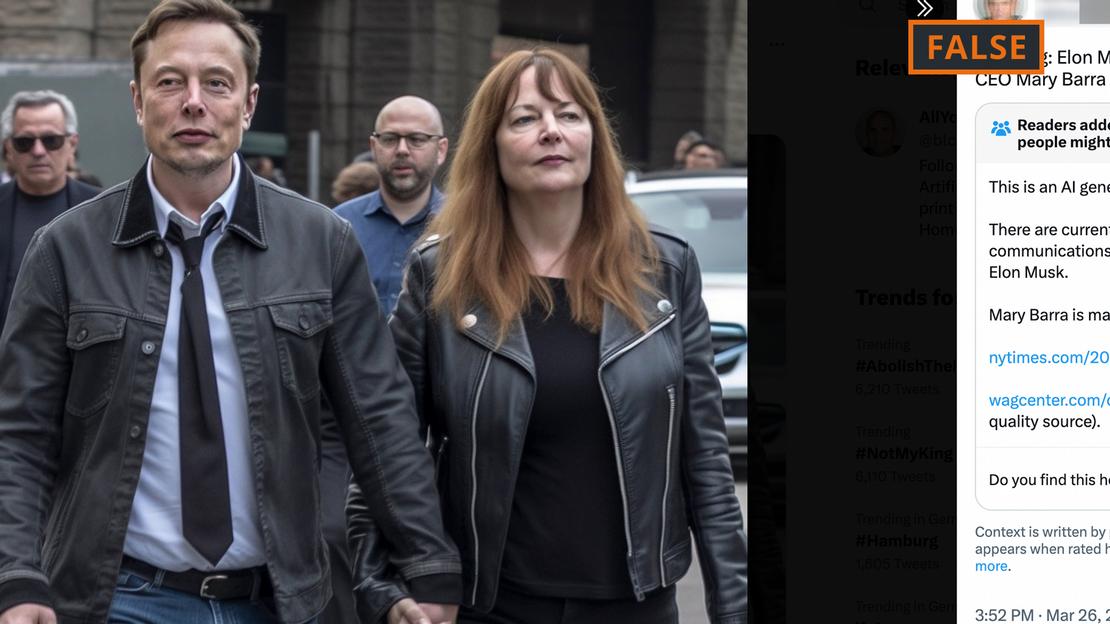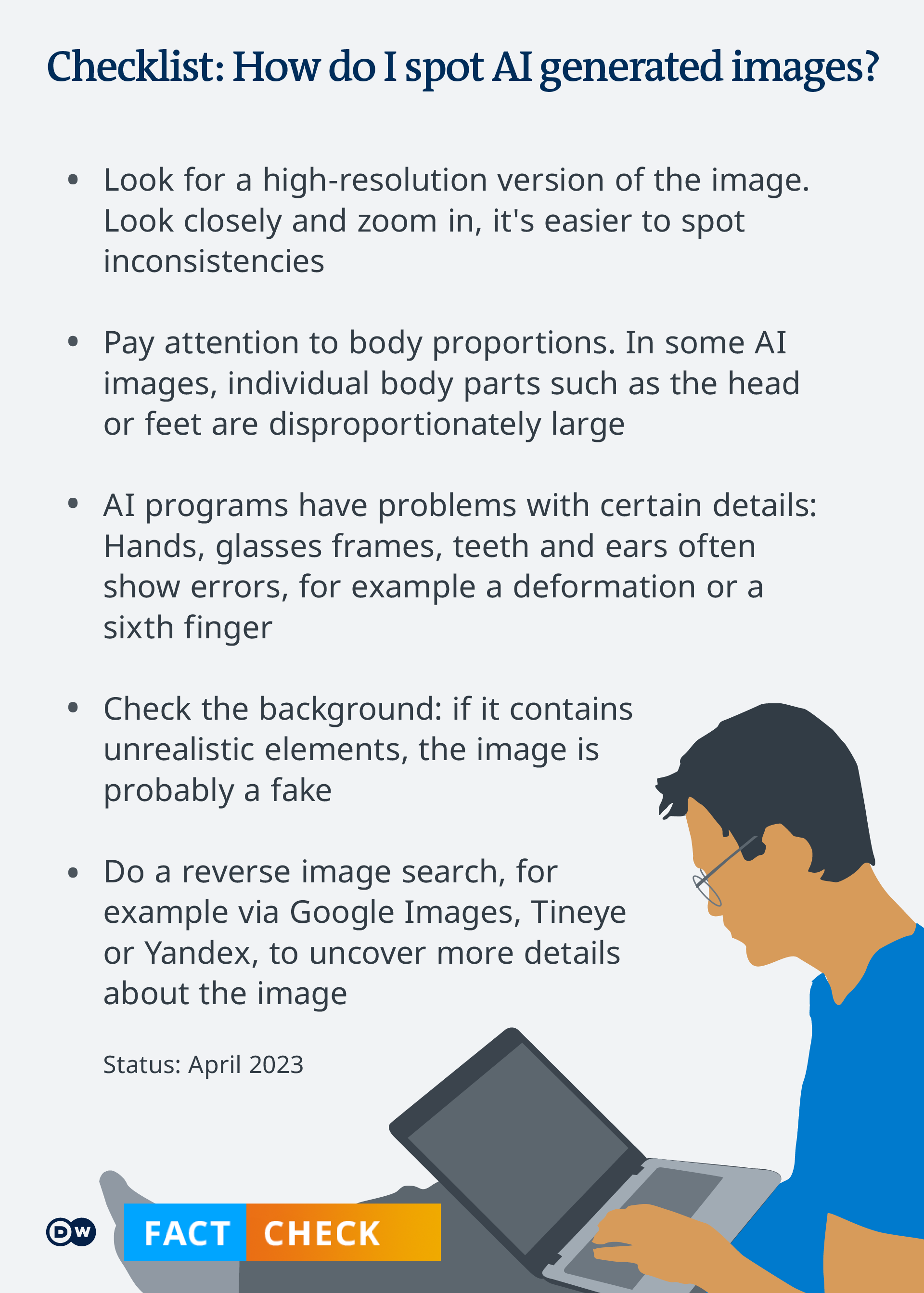Vaccine hesitancy has become a nationwide issue: What can science do about it?
Medical University of South Carolina researchers use a national survey to understand South Carolina’s COVID-19 vaccine hesitancy.
IMAGE: VIALS OF COVID-19 VACCINES AND SYRINGES. view more
CREDIT: MEDICAL UNIVERSITY OF SOUTH CAROLINA, SARAH PACK.
South Carolina residents were more hesitant than Americans as a whole to receive the COVID-19 vaccine during the fall of 2020, report researchers in the Department of Psychiatry and Behavioral Sciences at the Medical University of South Carolina (MUSC) in the Journal of Psychiatry Research. The MUSC study showed that the two most important factors contributing to COVID-19 vaccine hesitancy were low levels of confidence in public health scientists and low levels of collective responsibility to prevent COVID. Postdoctoral fellow Caitlin Rancher, Ph.D., and Dean G. Kilpatrick, Ph.D., director of the National Crime Victims Research and Treatment Center, led the study.
The first step in combating vaccine hesitancy is to figure out why people are unwilling to receive vaccines, said Rancher. This will inform scientists on how to better educate the public on why these vaccines are beneficial. MUSC researchers like Rancher and Kilpatrick are stepping up to the plate and taking this challenge head on.
“It's really understanding the factors that are contributing to hesitancy,” said Rancher. “It's critical because it can help us to inform public health with targeted and effective response campaigns.”
To understand these factors better, the researchers surveyed a national sample of 1,450 people, excluding South Carolinians, and a state sample of 784 South Carolinians. To select recipients, they drew on the MFour Mobile Research Panel, which includes approximately 2 million people reflective of all 50 states and the District of Columbia. To participate in the survey, recipients had to have a smartphone and register for MFour’s Surveys On The Go app.
“The MFour Mobile Research Panel has several advantages for this type of research due to its large size and widespread coverage of South Carolina and the U.S. and the fact that the panel is constructed to closely match the demographic characteristics of the U.S. population,” said Kilpatrick.
The survey asked recipients to gauge their degrees of trust in the COVID-19 vaccine and their intentions to receive it. Researchers assessed several of these survey questions with validated multi-item measures known as the 5Cs:
Confidence: Do I trust the science and my provider?
Complacency: Is this vaccine necessary to my health?
Constraints: Is the vaccine affordable and accessible?
Risk Calculation: What is the risk of me getting sick with this disease?
Collective Responsibility: Will getting this vaccine help others in the community?
The MUSC study found that two components of the 5C model were the driving factors for the increased hesitancy in South Carolina: confidence in science and shared collective responsibility. South Carolina residents reported lower confidence in their providers and the science backing the vaccine. Residents also felt less collective responsibility or an ethical obligation to get vaccinated to protect their community.
Focusing on these components of vaccine hesitancy will allow researchers to do a better job of educating patients and communities in vaccine science and the benefits of certain shots, said Angela Moreland-Johnson, Ph.D., a co-author of the study and an assistant professor at MUSC in the Department of Psychiatry and Behavioral Sciences. She believes a way to overcome vaccine hesitancy is to educate health professionals to help patients to understand the science and the benefits of the vaccine.
“The science and the medicine don't do a whole lot of good if people don't trust in them and trust what's being told and given to them,” she said.
Although vaccine hesitancy is not new, the pandemic exacerbated the situation. And as the survey brought to light, distrust in the scientific community has grown markedly, leading to reluctance by some to accept not only the COVID-19 vaccine but even standard childhood shots.
“Globally, we're really seeing that vaccine hesitancy is contributing to a rise in cases and mortality from diseases that we thought we had a handle on,” said Rancher. “For example, here, even in the U.S., in 2019, there were several measles outbreaks, where governors were declaring states of emergency.”
The key takeaway from this study was that the researchers were able to determine the main drivers of COVID-19 vaccine hesitancy in South Carolina using data from the MFour Mobile Research Panel and applying the 5C model.
The MUSC researchers think that by understanding which factors are preventing people from receiving vaccines, it will allow scientists and health providers to tailor vaccine and public-education efforts specifically for those target populations. They hope that better education will lead to less vaccine hesitancy and leave the state better positioned for future outbreaks or pandemics.
# # #
About MUSC
Founded in 1824 in Charleston, MUSC is the state’s only comprehensive academic health system, with a unique mission to preserve and optimize human life in South Carolina through education, research and patient care. Each year, MUSC educates more than 3,000 students in six colleges – Dental Medicine, Graduate Studies, Health Professions, Medicine, Nursing and Pharmacy – and trains more than 850 residents and fellows in its health system. MUSC brought in more than $297.8 million in research funds in fiscal year 2022, leading the state overall in research funding. For information on academic programs, visit musc.edu.
As the health care system of the Medical University of South Carolina, MUSC Health is dedicated to delivering the highest quality and safest patient care while educating and training generations of outstanding health care providers and leaders to serve the people of South Carolina and beyond. Patient care is provided at 14 hospitals with approximately 2,500 beds and five additional hospital locations in development, more than 350 telehealth sites and connectivity to patients’ homes, and nearly 750 care locations situated in all regions of South Carolina. In 2022, for the eighth consecutive year, U.S. News & World Report named MUSC Health the No. 1 hospital in South Carolina. To learn more about clinical patient services, visit muschealth.org.
MUSC and its affiliates have collective annual budgets of $5.1 billion. The nearly 25,000 MUSC team members include world-class faculty, physicians, specialty providers, scientists, students, affiliates and care team members who deliver groundbreaking education, research and patient care.
JOURNAL
Journal of Psychiatric Research
Those who avoided COVID-19 precautions early in the pandemic are more likely to buy firearms
Rutgers researchers analyze how different communities view, manage and respond to risk
Peer-Reviewed PublicationPeople who avoid COVID-19 precautions to prevent illness are more likely to purchase firearms – a pattern of behavior most common among moderate and conservative individuals, according to a Rutgers study.
The researchers surveyed a sample of 6,404 adults from three states: Minnesota, Mississippi and New Jersey. The survey was conducted in early 2021, before COVID-19 vaccines were widespread, and participants were asked about their intent to receive a COVID-19 vaccine, how often they wear masks in public, how regularly they receive a flu vaccine, how they characterize their political beliefs and who they voted for in the 2020 Presidential election.
The researchers then used a statistical method called latent class analysis to see if these behaviors and intents cluster together in a way that creates distinct groups and whether such groups differ in their firearm purchasing behaviors.
Their study appears in the Journal of Social and Clinical Psychology.
The researchers considered each of these behaviors as defensive behaviors aimed to keep individuals and their communities safe from illness or physical attacks.
The analysis indicated there were four groups based upon these defensive behaviors and political beliefs. The first group, marked by liberal political views, engaged in many defensive behaviors to avoid illness and more than 98 percent voted for Joe Biden. The second group, marked by moderate political views, engaged in very few defensive behaviors to avoid illness and more than 73 percent voted for Joe Biden. The third group, marked by conservative political beliefs, engaged in very few defensive behaviors to avoid illness and more than 90 percent voted for Donald Trump. In the fourth group, also marked by conservative political beliefs, individuals engaged in many defensive behaviors to avoid illness and more than 73 percent voted for Donald Trump.
The groups that engaged in few behaviors to avoid illness were more likely to have purchased firearms since March 2020, when a surge in firearm sales took hold nationwide. Those same groups also endorsed less faith that scientists act in the best interests of the public.
“These finding highlight that different communities view and respond to risk differently and that they trust different sources to provide them with information on how to manage that risk,” said Michael Anestis, executive director of the New Jersey Gun Violence Research Center at Rutgers, an associate professor at Rutgers School of Public Health and lead author of the study. “Some individuals saw very little risk from illness, even early in the pandemic, and generally avoided precautions like mask wearing and vaccines that could have protected them and their communities.
These same communities, however, appeared to have concerns about being harmed by other people and, as a result, engaged in a behavior they viewed as capable of keeping them safe in that domain: firearm purchasing, Anestis said.
“Given their lower levels of faith in the intentions of scientists, this skewed perception of risk might be driven in part by a tendency to receive information from sources that are not informed by data,” he said.
The authors noted that although these individuals were less likely to have purchased firearms since 2020, the groups marked by engaging in many defensive behaviors to avoid illness had a higher percentage of members who became first time firearm owners since March 2020.
“It might be that the chaos of 2020 and 2021 caused some individuals who otherwise would not have become firearm owners to see risk differently and purchase a firearm for the first time,” Anestis said. “We need to be aware of the changing demographics of firearm ownership, because risk might be different in those communities.”
The authors said the two conservative groups were noteworthy in one other way: The conservative group that endorsed engaging in more defensive behaviors to avoid illness endorsed more conservative beliefs than the conservative group that engaged in few defensive behaviors to avoid illness, but they were substantially less likely to have voted for Donald Trump in the 2020 presidential election.
Rutgers researchers analyze how different communities view, manage and respond to risk
Peer-Reviewed PublicationPeople who avoid COVID-19 precautions to prevent illness are more likely to purchase firearms – a pattern of behavior most common among moderate and conservative individuals, according to a Rutgers study.
The researchers surveyed a sample of 6,404 adults from three states: Minnesota, Mississippi and New Jersey. The survey was conducted in early 2021, before COVID-19 vaccines were widespread, and participants were asked about their intent to receive a COVID-19 vaccine, how often they wear masks in public, how regularly they receive a flu vaccine, how they characterize their political beliefs and who they voted for in the 2020 Presidential election.
The researchers then used a statistical method called latent class analysis to see if these behaviors and intents cluster together in a way that creates distinct groups and whether such groups differ in their firearm purchasing behaviors.
Their study appears in the Journal of Social and Clinical Psychology.
The researchers considered each of these behaviors as defensive behaviors aimed to keep individuals and their communities safe from illness or physical attacks.
The analysis indicated there were four groups based upon these defensive behaviors and political beliefs. The first group, marked by liberal political views, engaged in many defensive behaviors to avoid illness and more than 98 percent voted for Joe Biden. The second group, marked by moderate political views, engaged in very few defensive behaviors to avoid illness and more than 73 percent voted for Joe Biden. The third group, marked by conservative political beliefs, engaged in very few defensive behaviors to avoid illness and more than 90 percent voted for Donald Trump. In the fourth group, also marked by conservative political beliefs, individuals engaged in many defensive behaviors to avoid illness and more than 73 percent voted for Donald Trump.
The groups that engaged in few behaviors to avoid illness were more likely to have purchased firearms since March 2020, when a surge in firearm sales took hold nationwide. Those same groups also endorsed less faith that scientists act in the best interests of the public.
“These finding highlight that different communities view and respond to risk differently and that they trust different sources to provide them with information on how to manage that risk,” said Michael Anestis, executive director of the New Jersey Gun Violence Research Center at Rutgers, an associate professor at Rutgers School of Public Health and lead author of the study. “Some individuals saw very little risk from illness, even early in the pandemic, and generally avoided precautions like mask wearing and vaccines that could have protected them and their communities.
These same communities, however, appeared to have concerns about being harmed by other people and, as a result, engaged in a behavior they viewed as capable of keeping them safe in that domain: firearm purchasing, Anestis said.
“Given their lower levels of faith in the intentions of scientists, this skewed perception of risk might be driven in part by a tendency to receive information from sources that are not informed by data,” he said.
The authors noted that although these individuals were less likely to have purchased firearms since 2020, the groups marked by engaging in many defensive behaviors to avoid illness had a higher percentage of members who became first time firearm owners since March 2020.
“It might be that the chaos of 2020 and 2021 caused some individuals who otherwise would not have become firearm owners to see risk differently and purchase a firearm for the first time,” Anestis said. “We need to be aware of the changing demographics of firearm ownership, because risk might be different in those communities.”
The authors said the two conservative groups were noteworthy in one other way: The conservative group that endorsed engaging in more defensive behaviors to avoid illness endorsed more conservative beliefs than the conservative group that engaged in few defensive behaviors to avoid illness, but they were substantially less likely to have voted for Donald Trump in the 2020 presidential election.
JOURNAL
Journal of Social and Clinical Psychology
Journal of Social and Clinical Psychology
DOI
METHOD OF RESEARCH
Survey
Survey
SUBJECT OF RESEARCH
People
People
ARTICLE TITLE
Defensive Behaviors During COVID-19 and the 2020–2021 Firearm Purchasing Surge: A Latent Class Analysis
Defensive Behaviors During COVID-19 and the 2020–2021 Firearm Purchasing Surge: A Latent Class Analysis
ARTICLE PUBLICATION DATE
10-Apr-2023
10-Apr-2023















